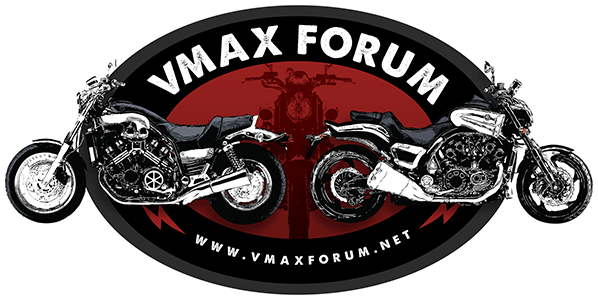This discussion has really been educational for me. "red98VMax" has solved my problem. Putting pressure on the shifter prior to shifting alleviates most of the clunking. I was skeptical at first, but I kept an open mind and it works!
And this is why it works, IMO. It seems that the VMax has a longer throw gear-to-gear than many bikes I've owned. It felt strange to me so I was trying to "take it easy" on everything; by that I mean PULLING IN THE CLUTCH, LETTING THE ENGINE RUN DOWN, THEN PULLING IT UP INTO THE NEXT GEAR. Which was wrong. In reality, it seems that that allows a bunch of slop to build up in the drivetrain.
By preloading the shifter, you are setting up what is nearly a cluthless shift - like some of you talked about. If there is already pressure on the shift fork, then the very instant the clutch disengages at all, it pops into the next gear. It doesn't have a chance to relaese enough pressure to create the "lash" that makes things clunk.
I really appreciate all of the feedback that helped me figure this out, I don't like feeling like I'm abusing a piece of machinery as nice as a VMAX. Hopefully someone else gleaned some helpful insight from all the discussion as well.



